17 January 2014
Families displaced by last year's fighting in Zamboanga City are making productive use of their time learning new skills while in evacuation centers.
Various training programs given by the Technical Education and Skills Development Authority (TESDA), specifically its Region 9 office, have benefitted a total of 983 graduates from September to December last year.
"The skills training helped the evacuees cope with the doldrums at the temporary shelter, and equipped them with the necessary skills on the road back to work," Secretary Joel Villanueva, TESDA director general said.
"The evacuees need to get their energy back and start being productive again, and the training could jump start things for them," he added.
The evacuees, housed in several temporary shelters, came from eight barangays in Zamboanga City. Estimates placed their number at 110,000 individuals.
They fled their houses to evade fighting that erupted in September after followers of former Moro National Liberation Front (MNLF) leader Nur Misuari attempted to take over the city.
The government successfully quelled the attack after close to a month. But this left thousands of families homeless as a number of houses were destroyed in the gun battle.
To bring back normalcy into the lives of the evacuees and help them become productive, TESDA Region 9 conducted various skills training programs. These included massage therapy and reflexology, beads making, food processing, mat weaving specifically designed for Badjao women, sewing craft, baking, hand and foot spa, slipper making, hair cutting, and barangay electrician and plumbing.
A big majority (74%) of the trainees were female, while 26 percent were male.
Aside from the skills training, TESDA also helped in the stress debriefing activities initiated by the Department of Social Welfare and Development (DSWD).
It also provided free services such as haircut and massage that benefitted close to 20,000 individuals.
TESDA also joined government teams at the post conflict needs assessment that evaluated and assessed the physical and infrastructure damages with the goal of building back a better Zamboanga City.
Stories of evacuees who benefitted from the training abound since the implementation of the program.
Delia Sariji, 45, an evacuee from Barangay Mariki, now has her hands full in making novelty crafts such as keychains, coin purse and bracelets.
When the skirmishes broke out, she could no longer continue selling fish and shrimp at the public market and was worried where to find money for their daily needs.
The free training offered an answer as this can provide potential income for her and her family.
Al-Rasdi Radjuli, a Grade 7 student at the Arena Blanco National High School, took the training and has already finished five pieces of key chains. He vowed to make more to have extra money. He said he would train his siblings in making the craft.
The DSWD has offered to buy the output of the trainees. The agency will also put up a productivity center at the biggest evacuation center at Baliwasan Grandstand to house the trainees. A total of 200 women are estimated to benefit from these training programs.
Following the failed Zamboanga City siege last year, residents here are moving on with the help of skills training that offered them alternative livelihood.
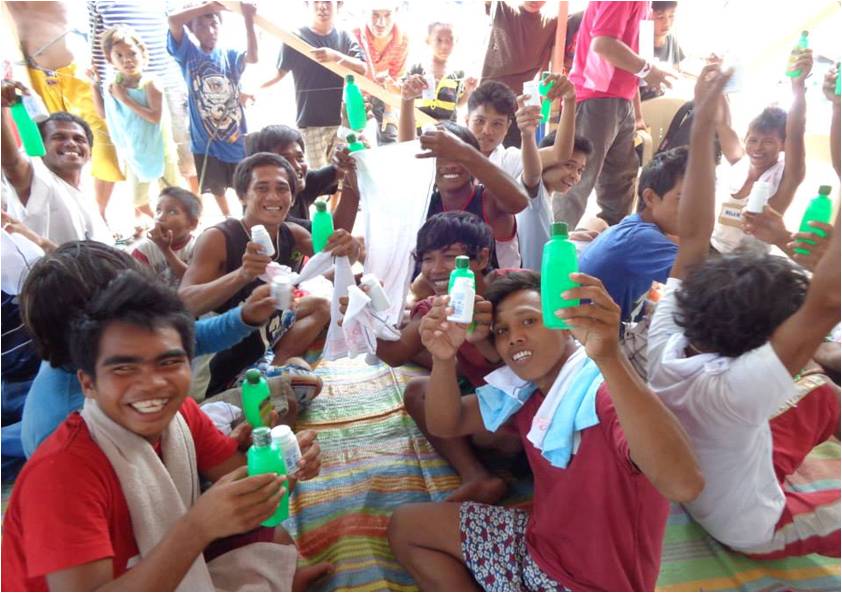
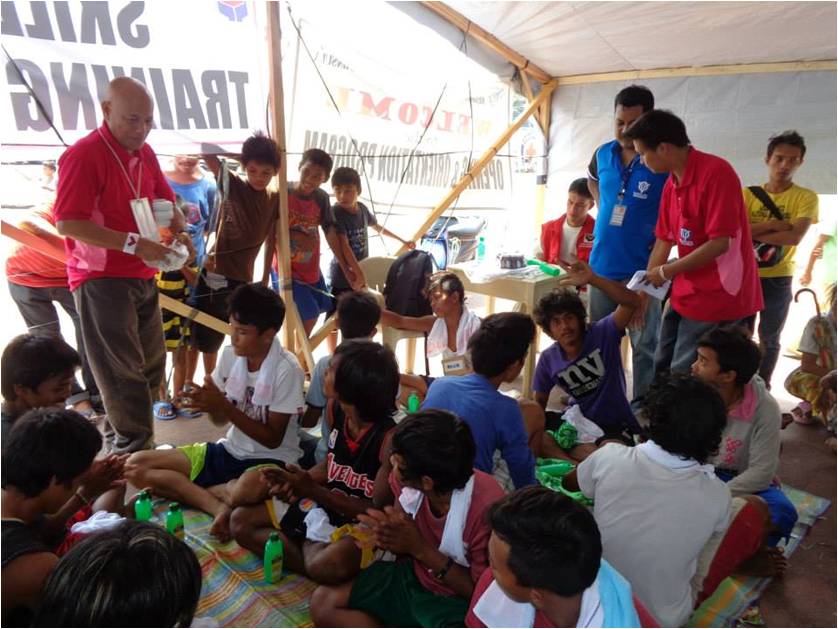
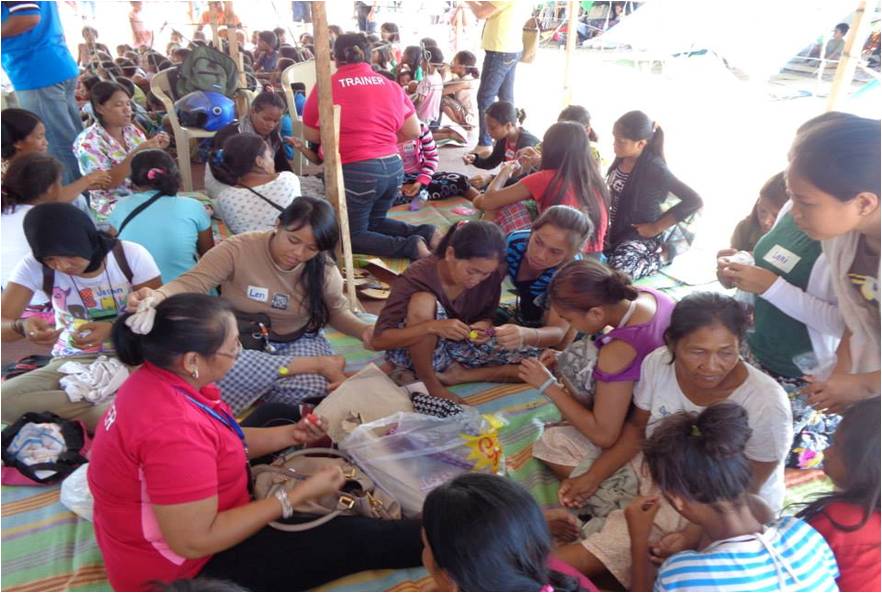

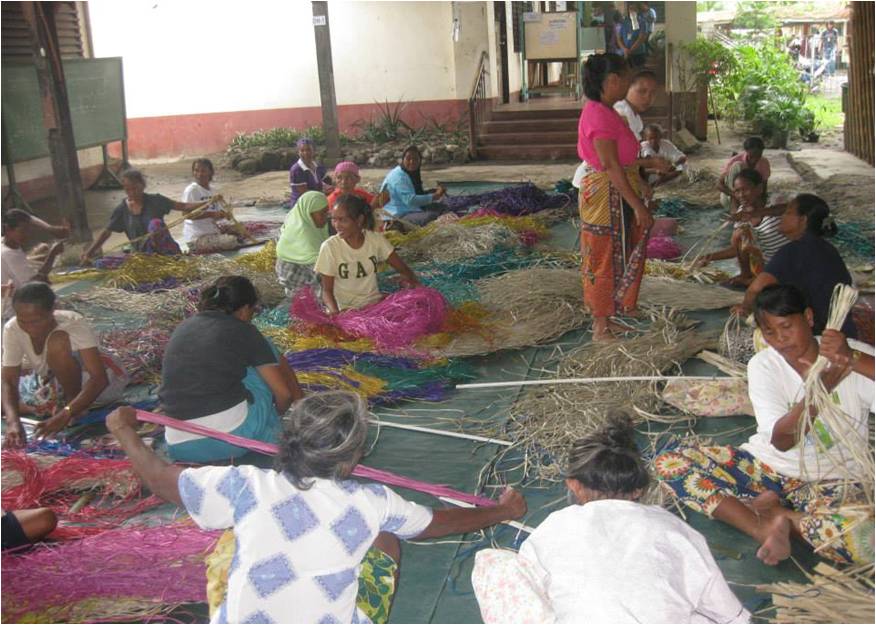
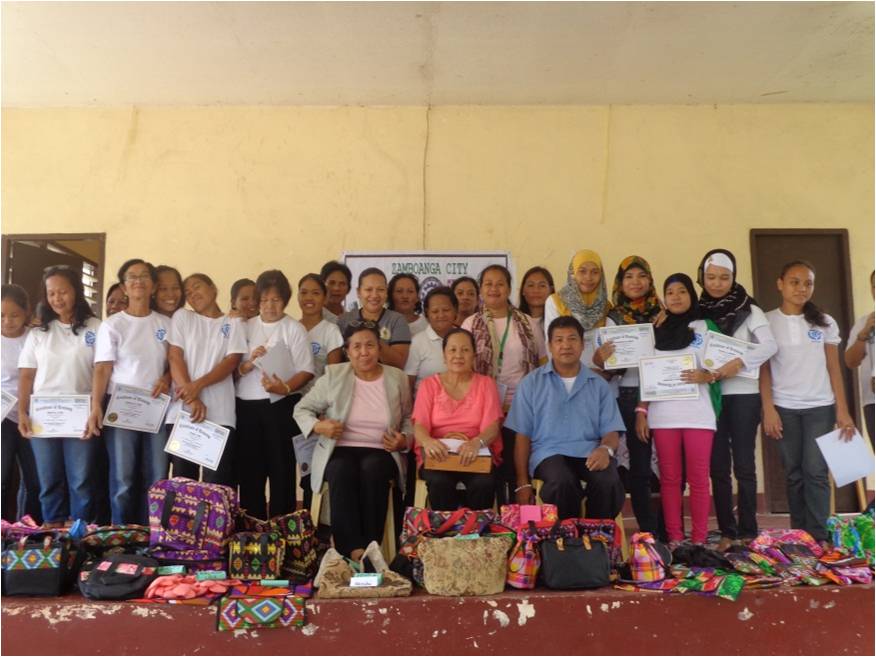
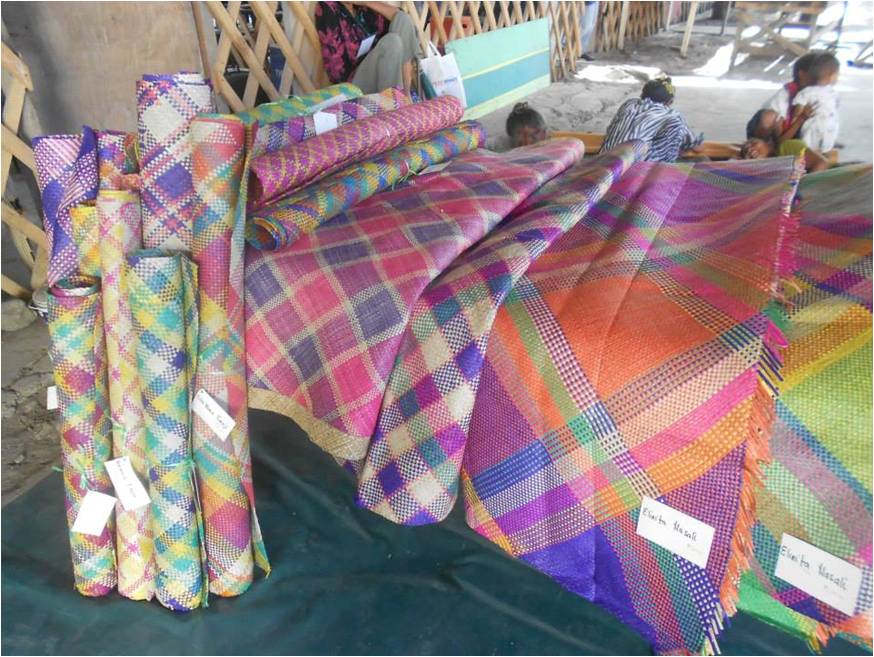
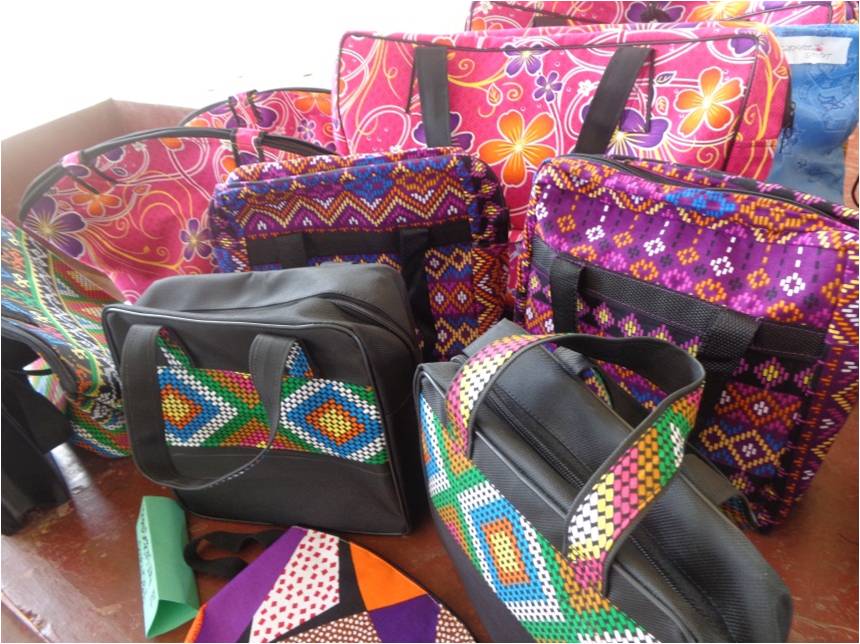
Share this page





